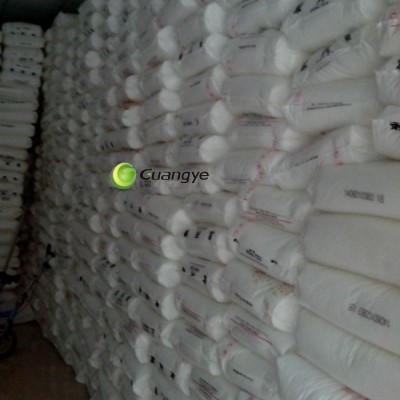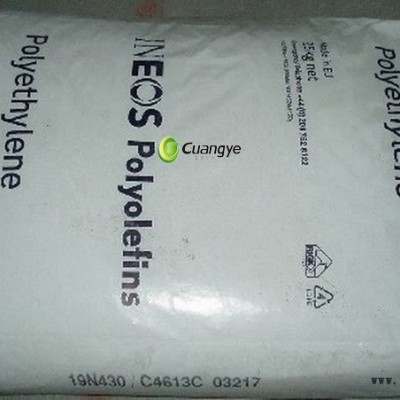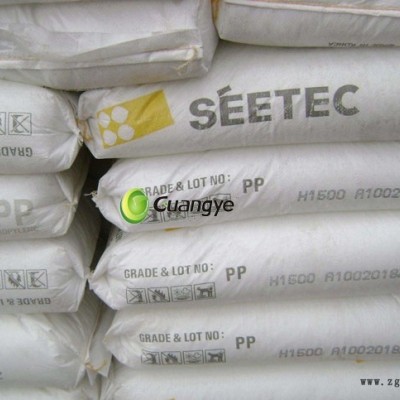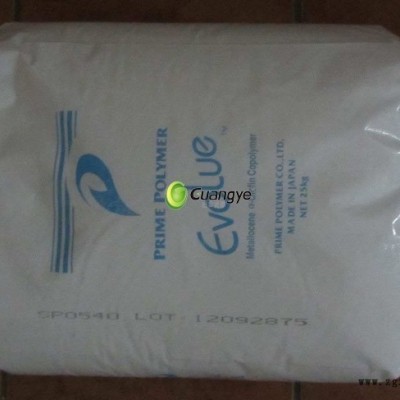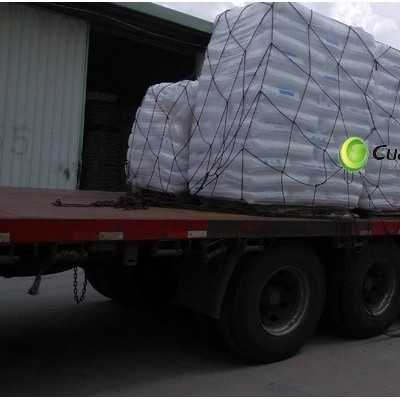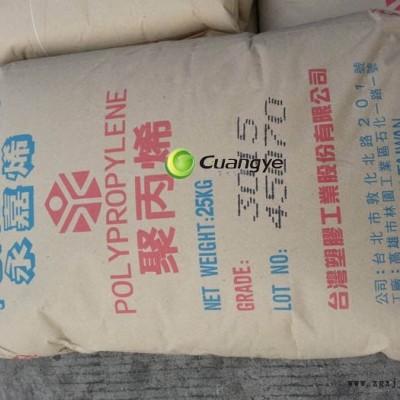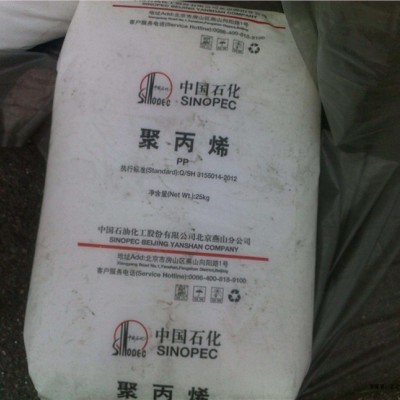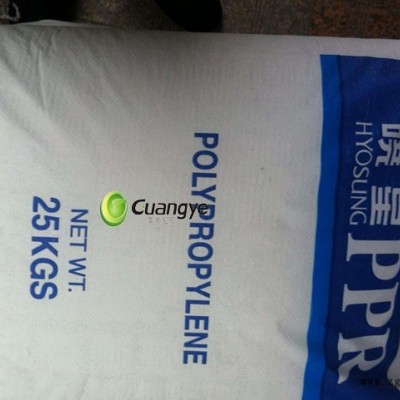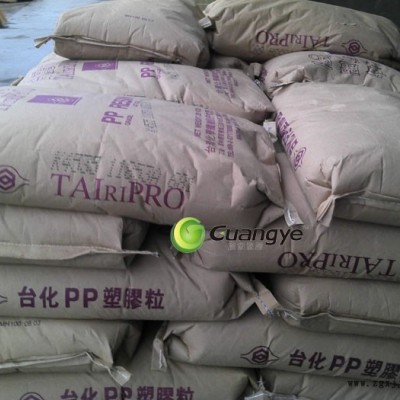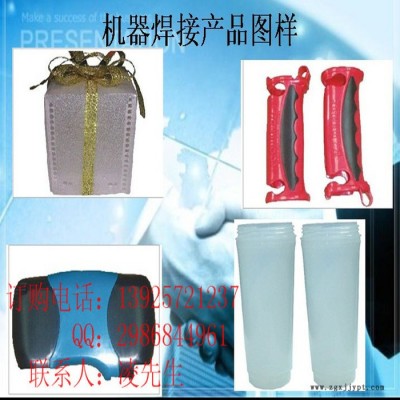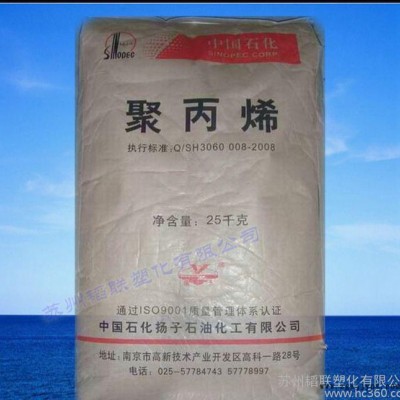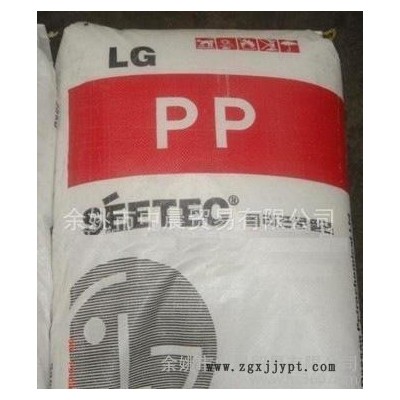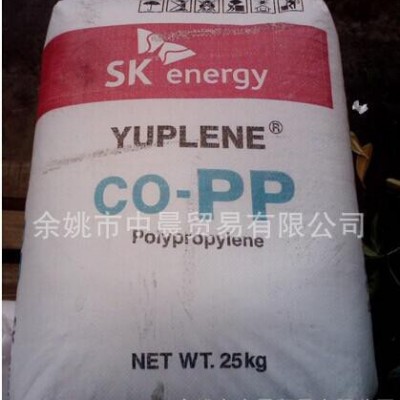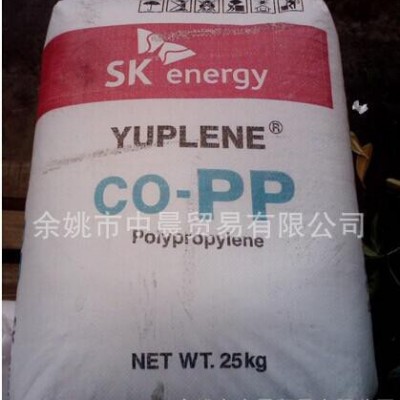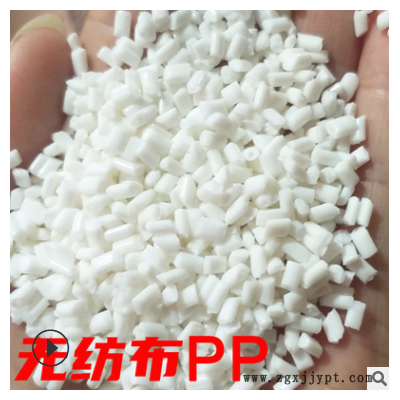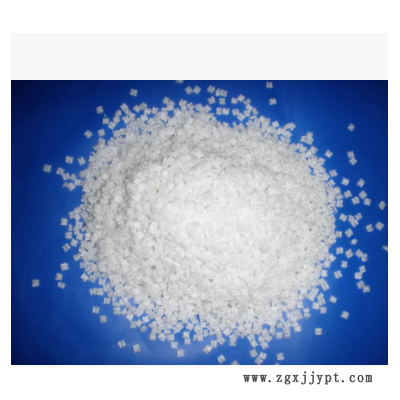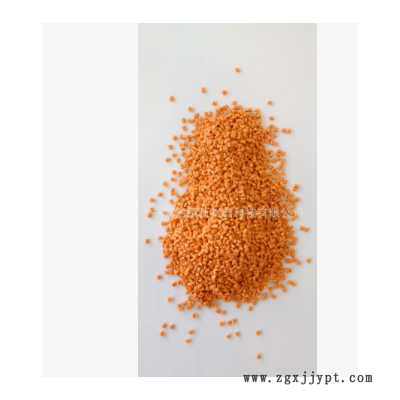pp料应用介绍:
聚丙烯塑料的改性可分为化学改性和物理改性两种方法。化学改性主要通过共聚、接枝、交联等方式, 改变聚丙烯的分子结构以达到改性的目的; 物理改性则在整个改性过程中不发生化学反应, 在PP基体中加入其他无机材料、有机材料、其他塑料、橡胶、热塑性弹性体或有特殊功能的添加助剂等, 经过共混、增强或填充等手段制得具有优异性能的PP复合材料。
注塑工艺参数对pp料塑料熔体表观黏度的影响:
聚丙烯( PP) 属于结晶性高聚物,有着质轻、无毒、价廉、耐高温等优点,在医药、食品、汽车和化工等领域中有着广泛的用途。PP 是典型的热塑性塑料之一,自从米兰理工大学的G. Natta 教授发现等规聚丙烯以来,全球的聚丙烯工业迅速发展,现今产量仅次于聚乙烯。注塑成型能够一次成型外形复杂、尺寸或带有嵌件的塑料制品,是塑料加工的主要方法之一。塑料熔体的表观黏度可以指导拟定注塑工艺,也能够指导模具型腔设计和优化流道浇注系统。
长期现货p740j挤出级

Rheological Properties of Flame Retardent and Antistatic Polypropylene Material
WANG Shuai 1,2, WANG Kejian 1*, MA Yi 2*, ZHANG Yinling 2, LIANG Wenbin 2,WANG Xu 1,SHI Jiao 1,JIANG Zhuoyu 1
(1 College of Mechanical and Electrical Engineering, Beijing University of Chemical and Technology, Beijing 100029,China;2 National Institute of Clean and Low Carbon Energy,Beijing 102211,China)
Abstract: The effects of brominated flame retardant and carbon black-filling on the extrusion distortion of PP melt and dynamic rheological properties were investigated by capillary rheometer and rotational rheometer. It was shown that the more filled resin exhibited higher critical shear rate for extrusion distortion corresponding to wider processing bbbbbb in low filler content range. In dynamic rheometry, the higher filled resins behavior in shear thinning with higher complex viscosity,storage modulus and loss modulus instead of lower loss factor. Quantitative analyses were conducted using entanglement model and Cross model. Filler can absorb polymer chains reducing wall adsorption dropping distortion and further resulting in higher critical shear rate. Particle filled network increases in the plateau modulus and entanglement density shortening relaxation time for quicker recovering according to smaller extrusion swell ratio. Carbon black more than 3.5wt% in composite forms percolation network being characterized by higher zero shear viscosity and longer relaxation time where liquid-solid-like transition occurs. Simultaneously, the surface resistivity decreased obviously. The viscoelastic percolation value consistent with the electrical percolation value approximately.
Keywords: Rheology; polymer; particle; composites; extrusion distortion; percolation network。
长期现货p740j挤出级

pp颗粒原料特点:
特点:无毒、无味,密度小,强度、刚度、硬度耐热性均优于低压聚乙烯,可在100度左右使用.具有良好的电性能和高频绝缘性不受湿度影响,但低温时变脆、不耐磨、易老化.适于制作一般机械零件,耐腐蚀零件和绝缘零件 。常见的酸、碱有机溶剂对它几乎不起作用,可用于食具。
车用pp颗粒改性介绍:
改性PP 的气味组成及形成:改性PP 材料的气味主要来源于材料的挥发性有机化合物(VOC),其组成可以通过气相色谱– 有机质谱联用仪、顶空法等方法进行分析。罗忠富通过气相色谱–质谱对车用PP 复合材料气味进行了分析研究。结果发现,PP 材料的挥发性气体组分有近20 种,主要由羰基化合物与烃类化合物组成,并且在这些组分中,羰基化合物如酮、醛与酯比烃类化合物能产生更明显的气味。
长期现货p740j挤出级

PdCl2不易溶于水,但可以与过量的Cl-络合形成水溶性的[PdCl4]2-络离子。然后在上述溶液中加入可以吸附于基体上又能络合钯的化合物,这样就生成离子钯溶液。该活化液稳定,镀层结合力好,污染小。常用的离子钯活化液配方:PdCl2.25~.5g/L,HCl.25~1mL/L,H3BO32g/L,2~5min。经粗化后的基体浸入活化液中,使用还原剂,金属离子被还原为具有催化活性的金属微粒。常用的还原剂有次磷酸钠、和硼氢化钠等。子钯活化的机理离子钯活化的机理是具有还原性的物质(次磷酸钠、和硼氢化钠等)将金属离子还原为金属微粒,从而吸附在基体表面。其反应如下:[PdCl4]2-+2e--Pd+4Cl-,[Ag(NH3)2]++e--Ag+2NH34.2离子钯活化的优缺点离子钯活化液不含Sn2+,且是真溶液,可长时期使用而不沉降分离,使用寿命长,稳定性好,同时克服了胶体钯活化过程中基体表面吸附一层Sn2+而影响化学镀层的均匀性和附着力的缺点。






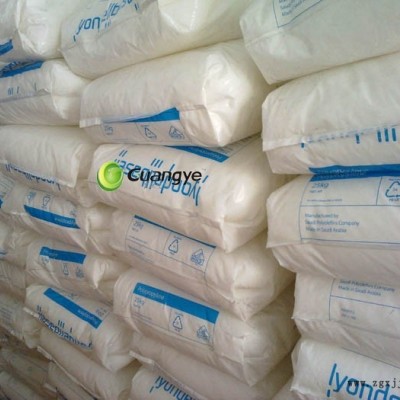



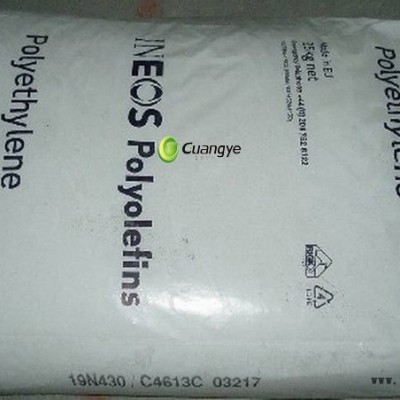
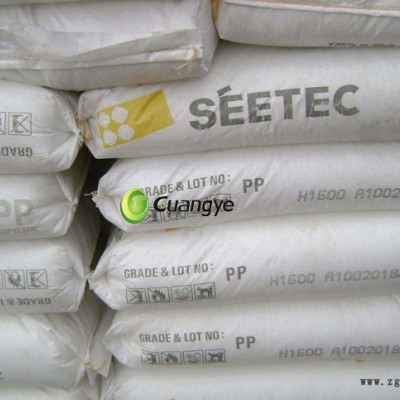
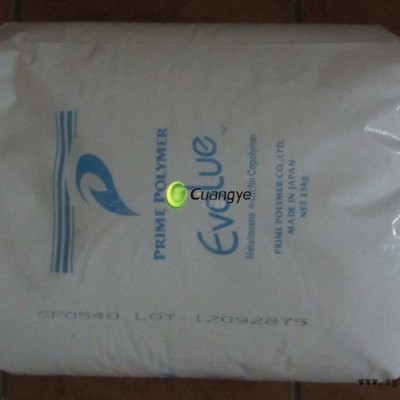
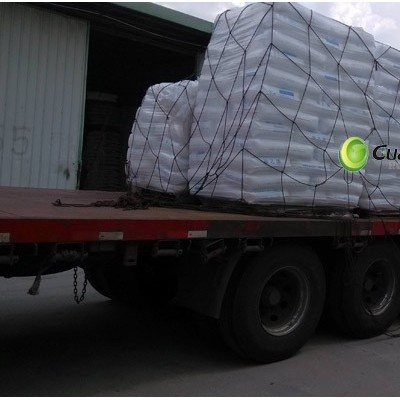
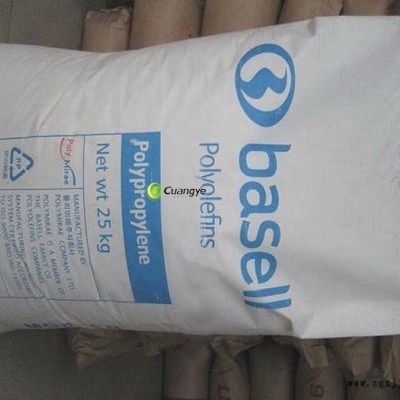
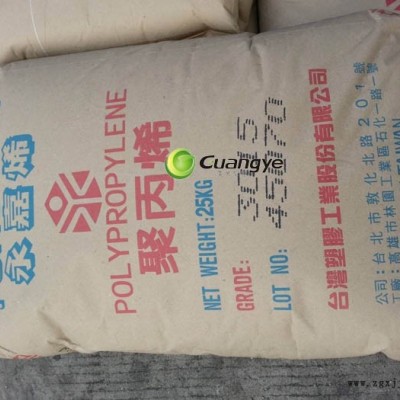
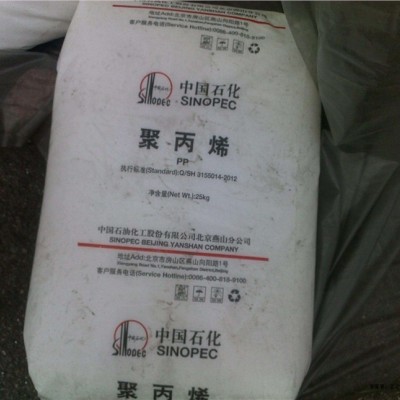
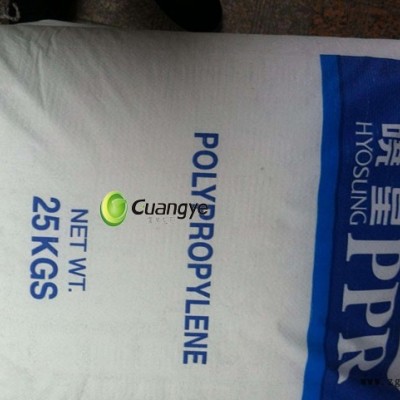
 通过
通过 

